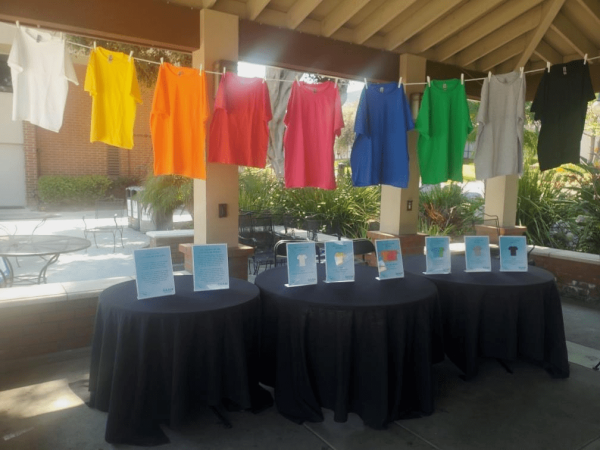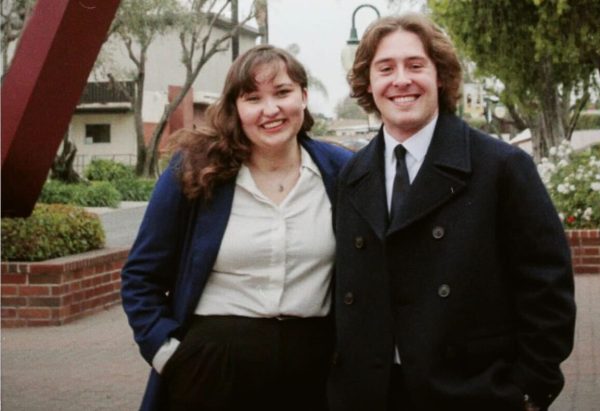Possible flooding prompts preparation
Led by campus safety, departments on campus create plan of action in case of severe El Niño rainstorms.
The graphic above illustrates what areas of the east side of campus would incur flooding in the case of a severe rainstorm. | Photo courtesy of Biola University Department of Campus Safety
November 9, 2015
Forecasted El Niño rains have spurred campus officials to prepare for the worst possible flooding outcomes.
The Emergency Response Team, consisting of 13 departments on campus, gathered on Monday, Nov. 2 to brainstorm and establish a detailed plan in case Biola’s campus receives severe rain from El Niño storms. These storms have the potential to flood large areas on the east side of campus, adjacent to La Mirada Creek.
“We’re just trying to be proactive and think about plans and put plans in place, prepare for the worst…hoping that the worst doesn’t come. That’s the reason why I decided to call the meeting,” said Chief John Ojeisekhoba of Campus Safety.
PAST RAINSTORMS
The meeting began as Ojeisekhoba showed multiple images from 2005 when Biola received heavy rainstorms unrelated to El Niño. They depicted the great amount of water filling the creek and beginning to flow over the creek’s flood barriers and into the street.
Another photo showed a student walking across the soccer field, before parking lot R’s construction under the current soccer field, with water up to their knees. Upcoming El Niño rains have the potential to reach this magnitude.
AT RISK FOR FLOODING
Following those photos, Ojeisekhoba showed a map originally created in 2013, but redesigned for simplicity, illustrating what campus areas are at risk for flooding. The majority of parking lots and parking structures on the east side of campus are likely to be most affected by the rain, and members of the ERT discussed discussed the need for cars to be moved to higher levels of parking structures in order to avoid damage.
Stewart and Hart halls are also at risk for flooding on the first level. While Campus Safety expressed they could open the fire gate at the end of Stewart Drive to help water flow away from campus, there is still a possibility rooms may be flooded and students will have to evacuate.
“We’re always thinking of the student, and not just the undergrad. We’re thinking of the graduate students, we’re thinking about commuter students, we’re thinking of every kind of student and the impact whatever state of emergency has on them,” said Danny Paschall, dean of students. “So we’re gonna be thinking of any short of shelter, any kind of food and then I think in the aftermath any sort of emotionally related issue that’s gonna come up.”
REMAINING IN CONTACT
Before and during any rainstorm events, the ERT plans to remain in contact with students, staff and faculty through the Emergency Notification System. Over 5,000 students and 1,000 staff and faculty are signed up for the notifications, which are likely to be the main source of communication during any severe storms.
“The Emergency Notification System is actually off campus so it’s just a way for us to call out so as long as cell service is working, as long as we are able to go even to our satellite phone, we are still able to send out information,” said Greg Sasis, lead infrastructure technician for information technology.
As campus safety revises and adds details to the plan they created in conjunction with facilities management around three years ago, they also plan to be proactive in their communication with students concerning what measures should be taken before a severe rainstorm occurs. It is advised that students on ground levels, especially those in Hart and Stewart halls, ensure all belongings are a few feet off the ground during interterm in the event of a large storm hitting when students are not on campus.







